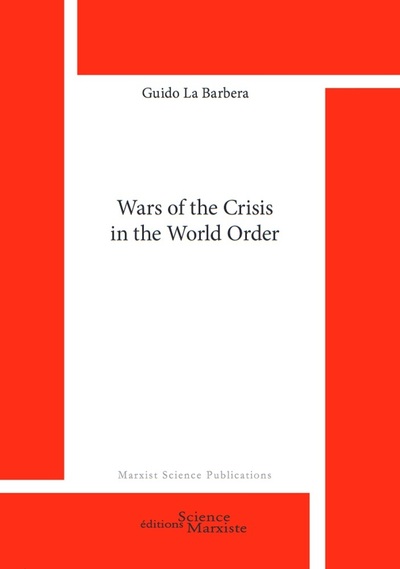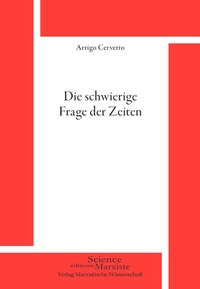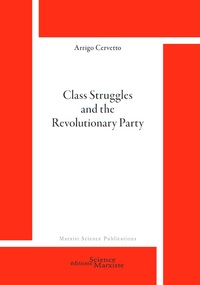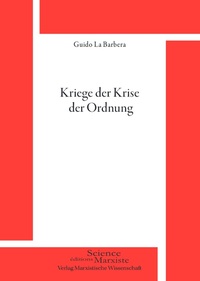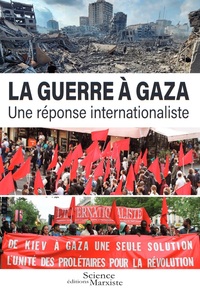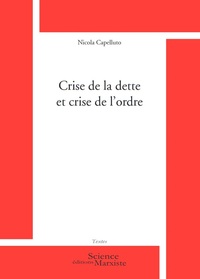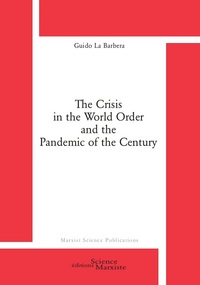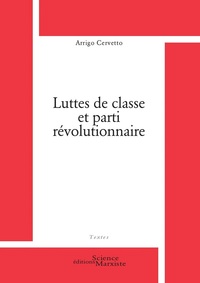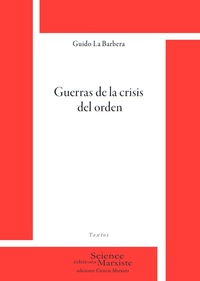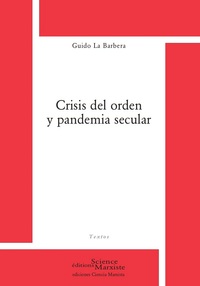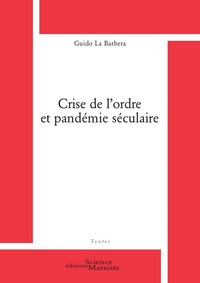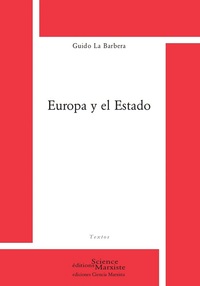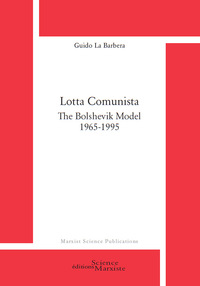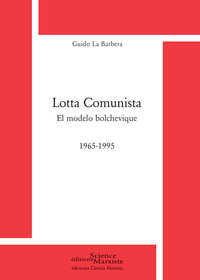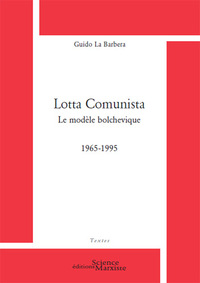Nous utilisons des cookies pour améliorer votre expérience. Pour nous conformer à la nouvelle directive sur la vie privée, nous devons demander votre consentement à l’utilisation de ces cookies. En savoir plus.
Wars of the Crisis in the World Order
Science Marxist - EAN : 9782490073672
Édition papier
EAN : 9782490073672
Paru le : 1 août 2024
22,00 €
20,85 €
Disponible
Pour connaître votre prix et commander, identifiez-vous
Notre engagement qualité
-
 Livraison gratuite
Livraison gratuite
en France sans minimum
de commande -
 Manquants maintenus
Manquants maintenus
en commande
automatiquement -
 Un interlocuteur
Un interlocuteur
unique pour toutes
vos commandes -
 Toutes les licences
Toutes les licences
numériques du marché
au tarif éditeur -
 Assistance téléphonique
Assistance téléphonique
personalisée sur le
numérique -
 Service client
Service client
Du Lundi au vendredi
de 9h à 18h
- EAN13 : 9782490073672
- Réf. éditeur : YOCE
- Collection : TEXTS
- Editeur : Science Marxist
- Date Parution : 1 août 2024
- Disponibilite : Disponible
- Nombre de pages : 335
- Format : H:210 mm L:150 mm E:25 mm
- Poids : 490gr
-
Résumé :
Why do we distinguish the war in Ukraine and also the war in Gaza as wars of the crisis in the world order?
The difference lies in the new strategic phase which opened up with the new century, and in the condition of the world’s balance of power transformed and shaken by uneven development. Beijing today is a real rival to the United States, able to demand the revision of the old order and an overhaul of institutions whose framework dates back to the end of the Second World War. This is what we referred to as the crisis in the world order. On this basis, evaluating China’s rearmament plans from now to 2035 and analysing the forecasts of the ruling class’s strategic powerhouses, we have hypothesised two possible developments: a series of partial conflicts, linked so as to characterise years of “unprecedented tensions”, or the flare-up of a major war between great powers.
The first point of our strategic hypothesis is confirmed: the wars of the crisis in the world order are under way. If this in no way excludes the second development, the breakdown of the world order in a major war in the future, today we must analyse, with scientific attention and precision, the new war ideologies which are arising, seeking their political aims and strategic purposes. In the United States, the return to the coming war motivates firstly the political lines that intend to seize the nerve centre of Taiwan and the South China Sea in their opposition to China. Secondly, this ideology aims to condition Europe, petrified in its proxy war against Russia, and would also like to drag it into the bloc-against-bloc confrontation between the West and a Sino-Russian axis.
In Europe, states think of protecting themselves by manoeuvring among the winds of war in order to gain a measure of strategic autonomy within the transatlantic alliance, now that the tie to the United States is less sure. They say that the European Union can rearm itself by rearming Ukraine.
In China, as Beijing continues to build a world-class military power, the threat of the coming war is being wielded in reverse: it is claimed that in order to prevent war, Beijing is championing a new multilateralism, a new reformed order which would include the new emerging powers of the
Global South, in the face of America’s inability to maintain and adapt the old order.
Rearmament, therefore, is the common factor. In a preliminary analysis of the ideologies of the return of war and the admission of a possible new war between great powers, what is certain is the beginning of a new cycle of arms spending and the aim of orienting the political cycle, the budget priorities and the mythologies for the masses according to the new characteristics of the world contention. This does not yet mean that the breakdown of the world order has arrived. However, the starting gun for its crisis has been fired.

